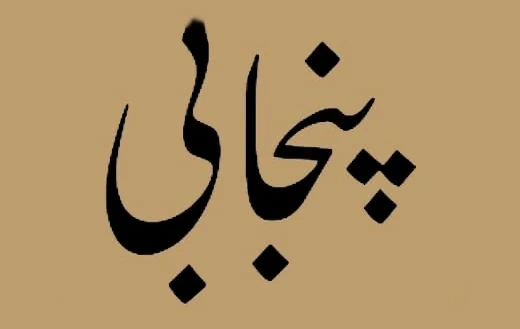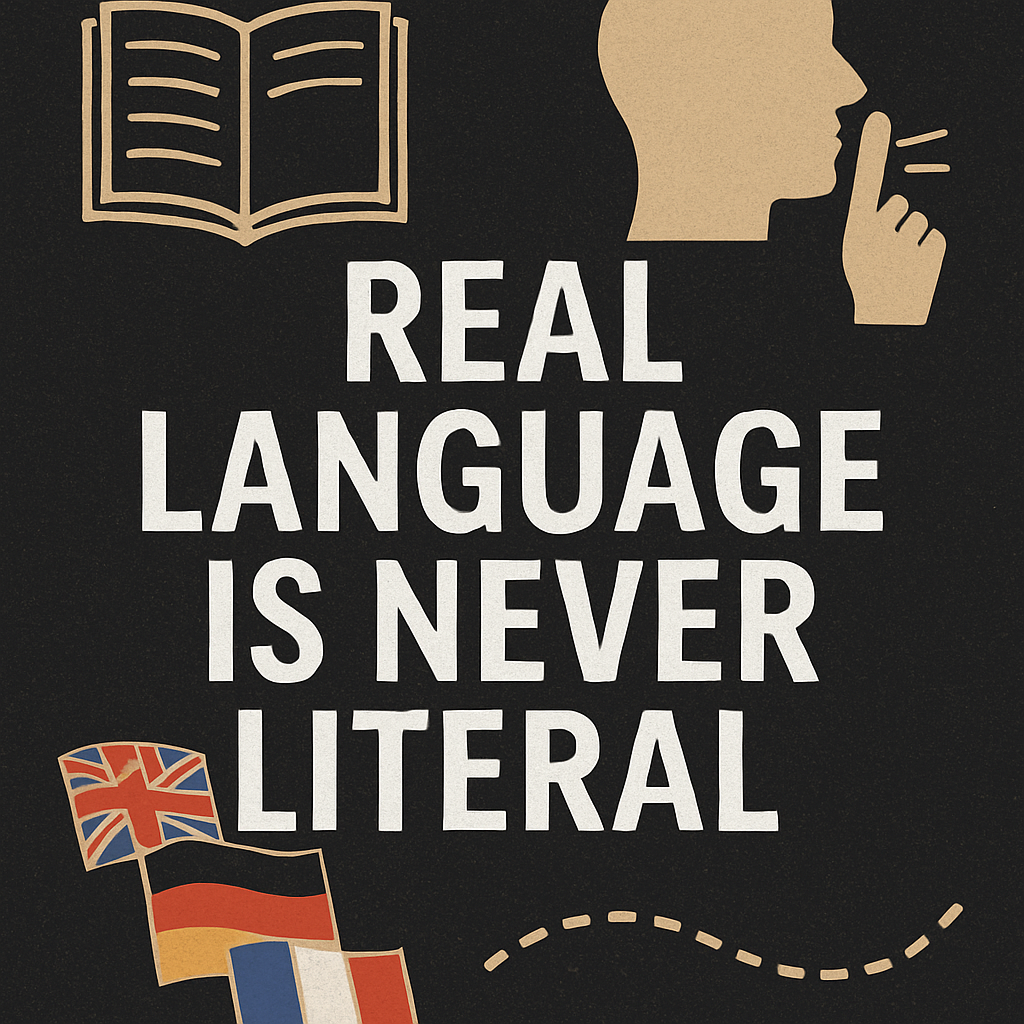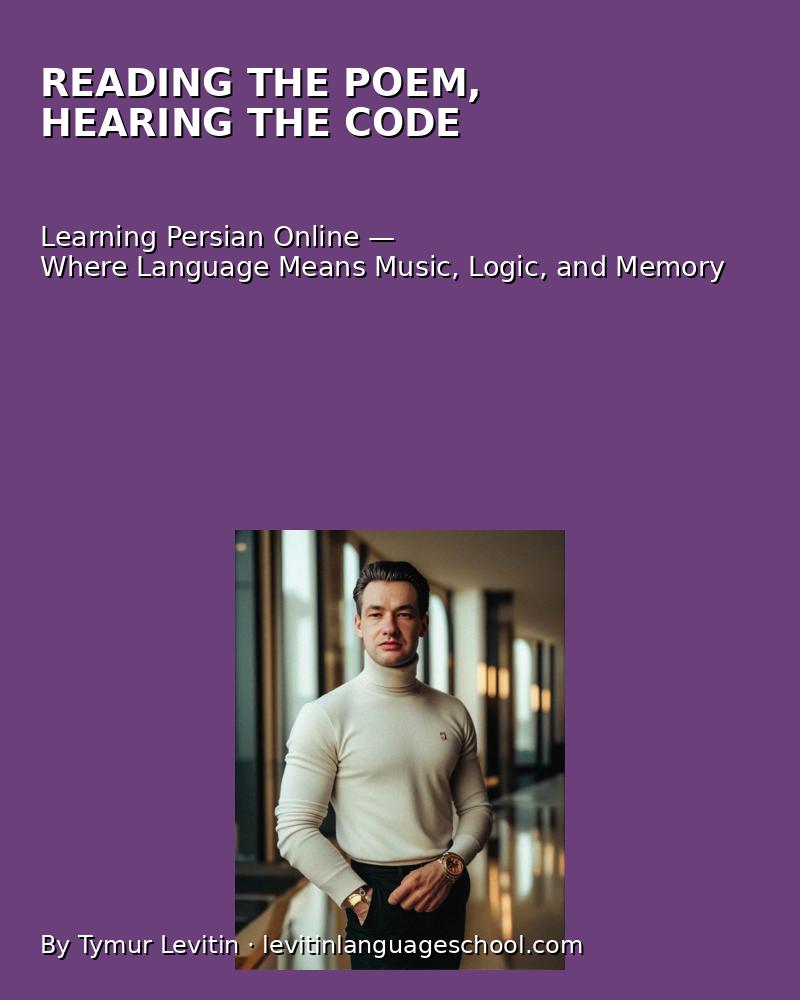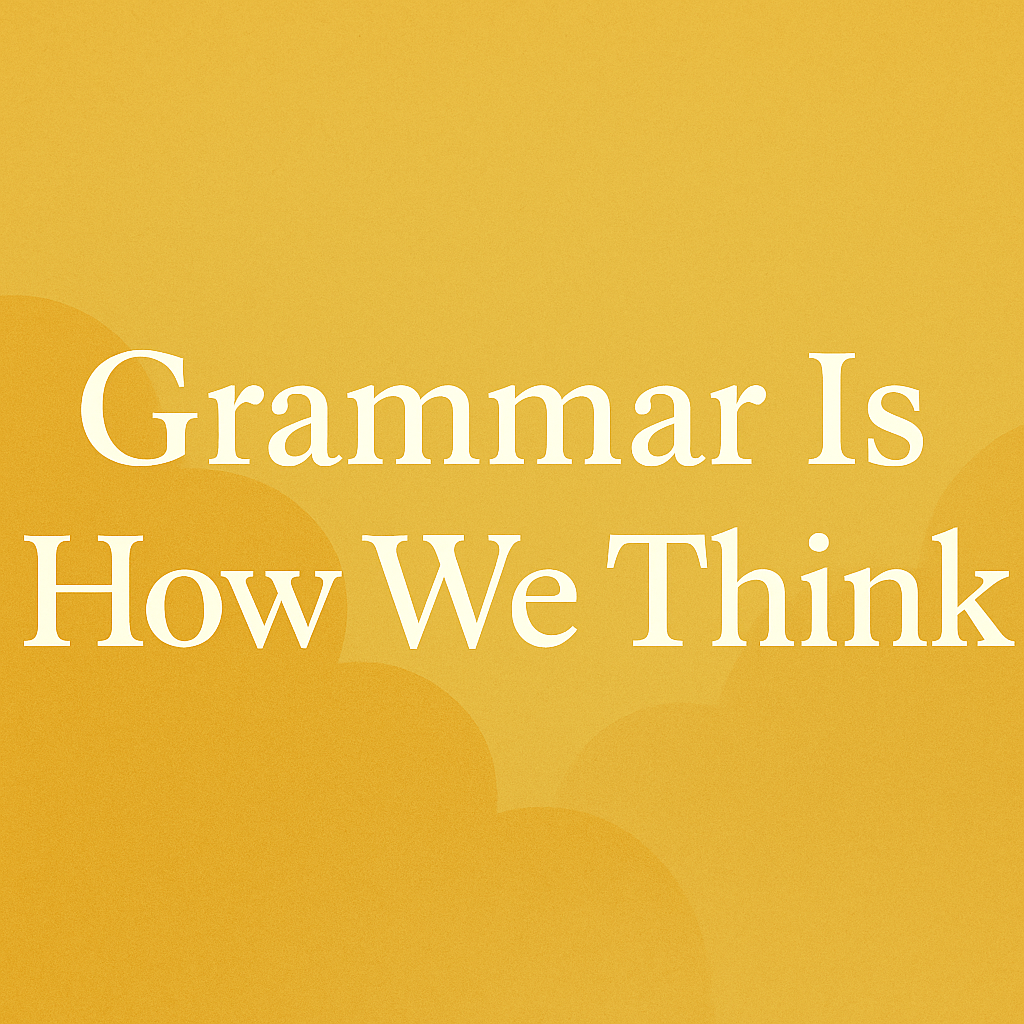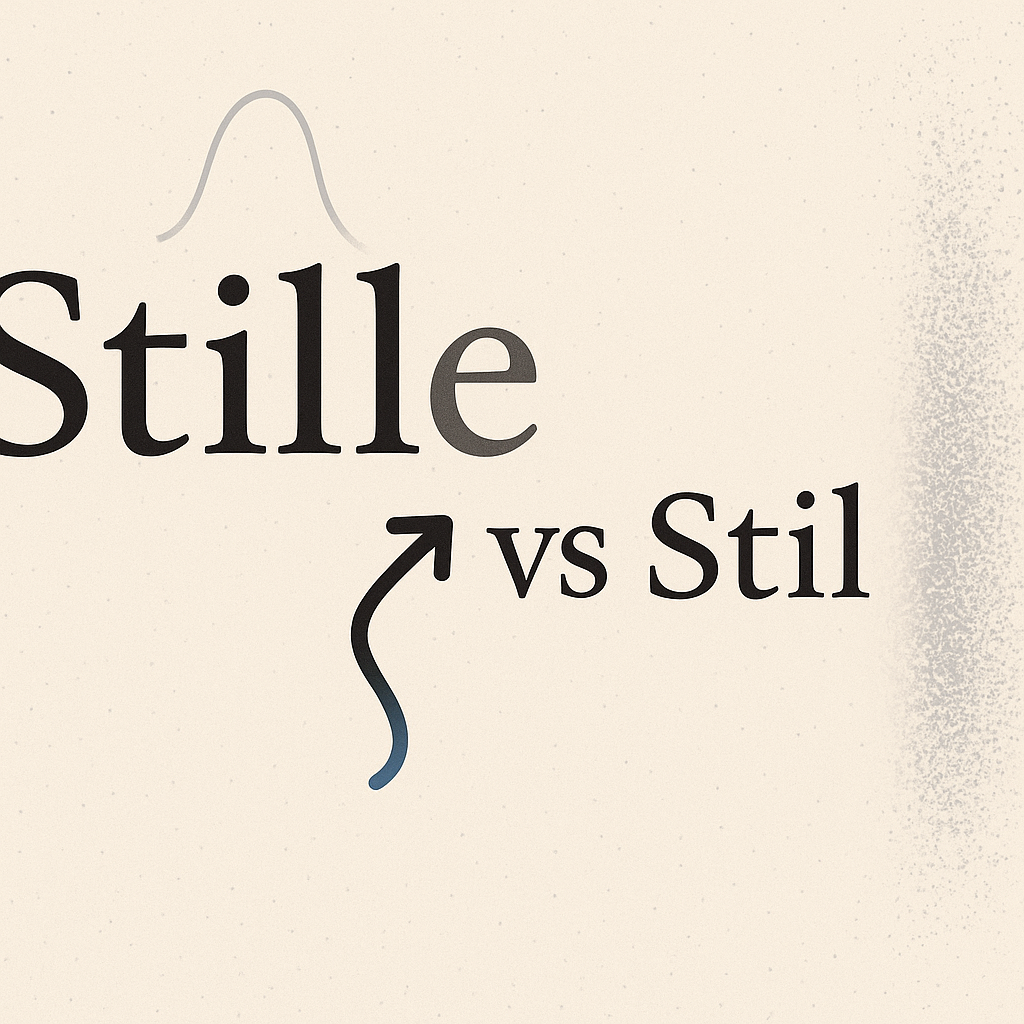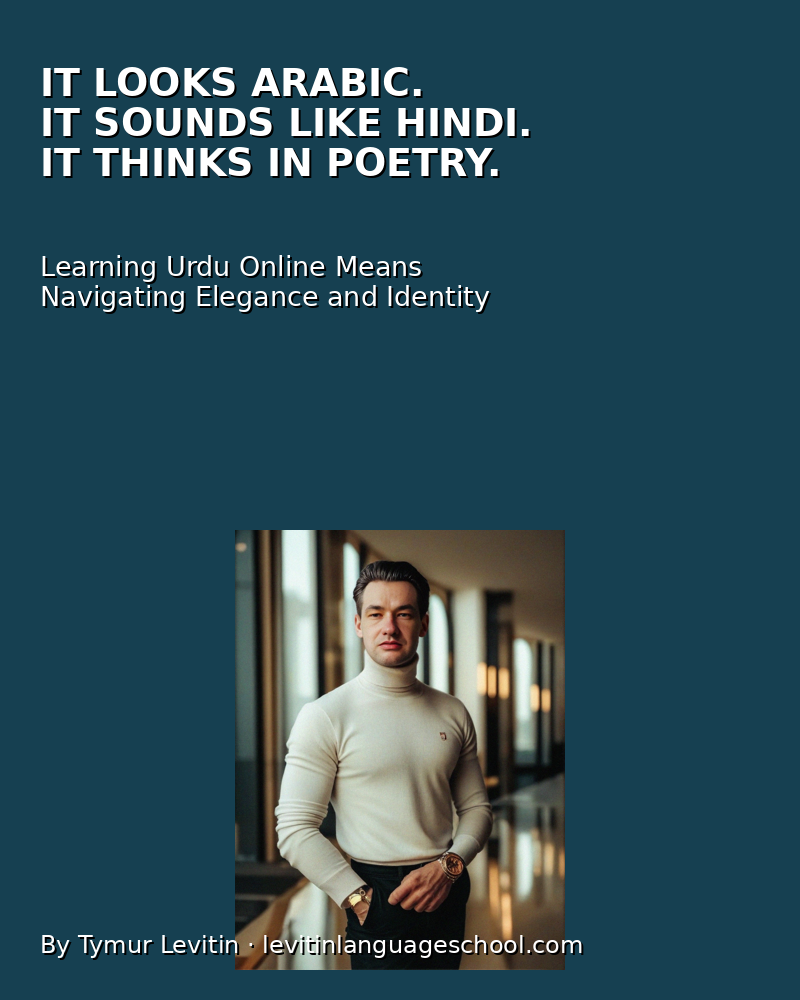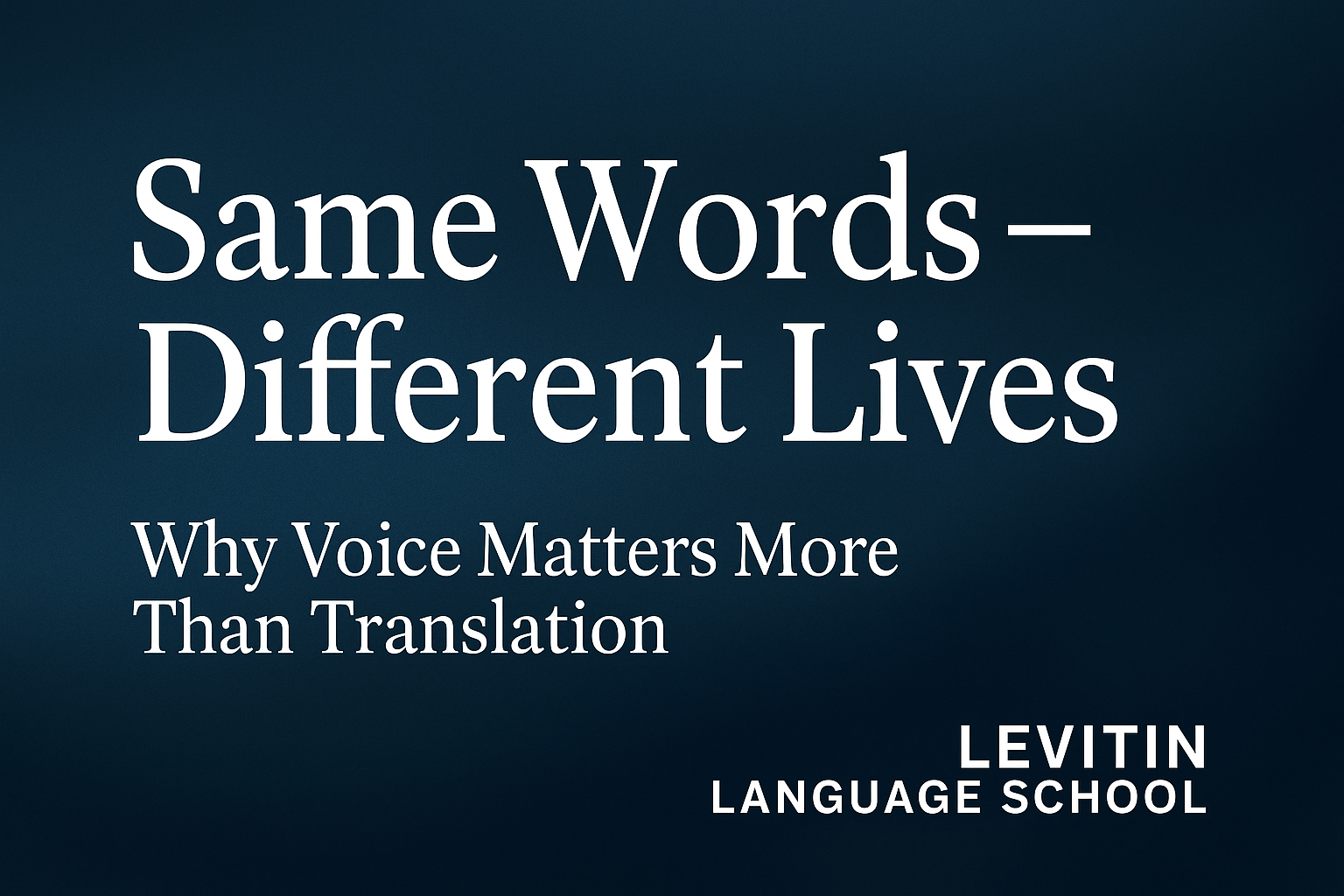A language that sounds like music — but thinks like logic
For many, Persian (Farsi) is one of the most beautiful languages they’ve ever heard. Flowing syllables, melodic phrases, poetic expressions — Persian has long enchanted poets, musicians, and learners alike. But behind the elegance lies something far more powerful: a system of logic that makes it easier to learn than many expect.
At Levitin Language School, we believe that learning a language means learning how it thinks. Persian is no exception. In fact, it might be the best example of a language that teaches you to think in rhythm and metaphor — and yet obeys deep internal rules you can truly grasp.
Why Persian is not Arabic — and why that matters
Many beginners confuse Persian with Arabic. While both use the Arabic script, Persian is a completely different language family. It’s an Indo-European language, much closer to English, German, or even Russian in structure than to Semitic languages like Arabic or Hebrew.
What does this mean for learners?
- You don’t need to memorize complex root systems or triliteral patterns.
- Persian grammar is surprisingly regular, with simple verb tenses and consistent sentence structure.
- Vocabulary often feels strangely familiar — especially if you’ve learned French or English.
In other words, learning Persian feels more like unlocking a poetic code than struggling with a foreign system.
Learning Persian online means learning how to think in images
Our teaching approach goes far beyond word lists and memorization. We guide our students through:
- 🎯 Visual associations — linking new words with ideas, not translations
- 🧠 Logical flow — building full sentences with natural rhythm
- 🔁 Repetition without boredom — through meaningful patterns and short conversations
- 📜 Cultural insight — understanding Persian thought through proverbs, metaphors, and poetry
You don’t just speak Persian — you start to see the world through its lens.
And yet — it’s still your journey
Whether you’re learning Persian for culture, travel, family, or pure curiosity, our online platform adapts to your rhythm. We pair you with real teachers — not apps, not robots. Each lesson builds on your understanding, step by step, with feedback and real-life communication.
And if you already speak Arabic or Urdu? Even better. You’ll recognize the script — but discover a whole new voice.
Start today — discover your poetic logic
🔗 Learn Persian online with us
🌐 Visit our blog for more
📚 Related topics:
– Grammar Is Not Math
– Why One Question Is Not Enough: The Two-Question Method That Makes German Grammar Click
– Stop Memorizing. Start Thinking.
– You Can’t Read It? That’s Why You Should Try
🖋️ By Tymur Levitin
Founder & Head Teacher, Levitin Language School
Start Language School by Tymur Levitin
© Tymur Levitin
Rubric: Interesting Information
















